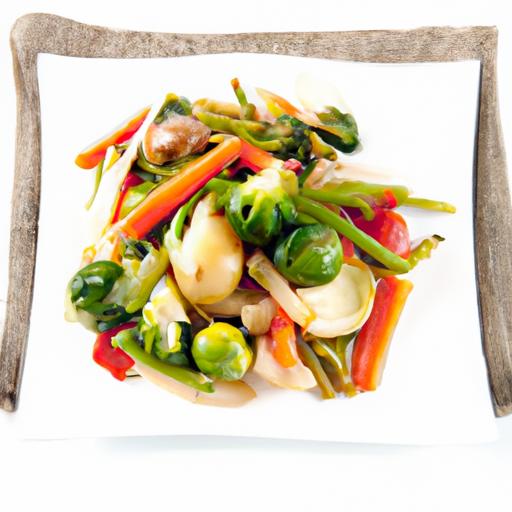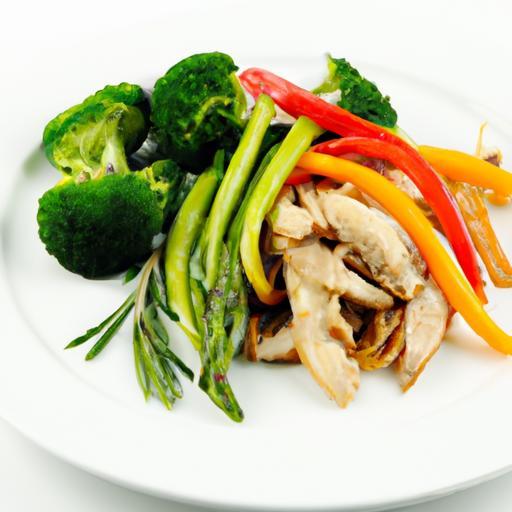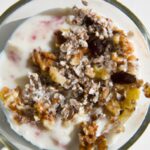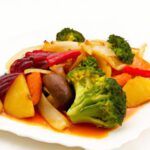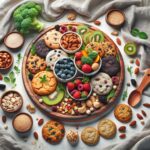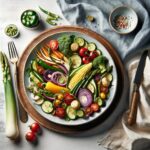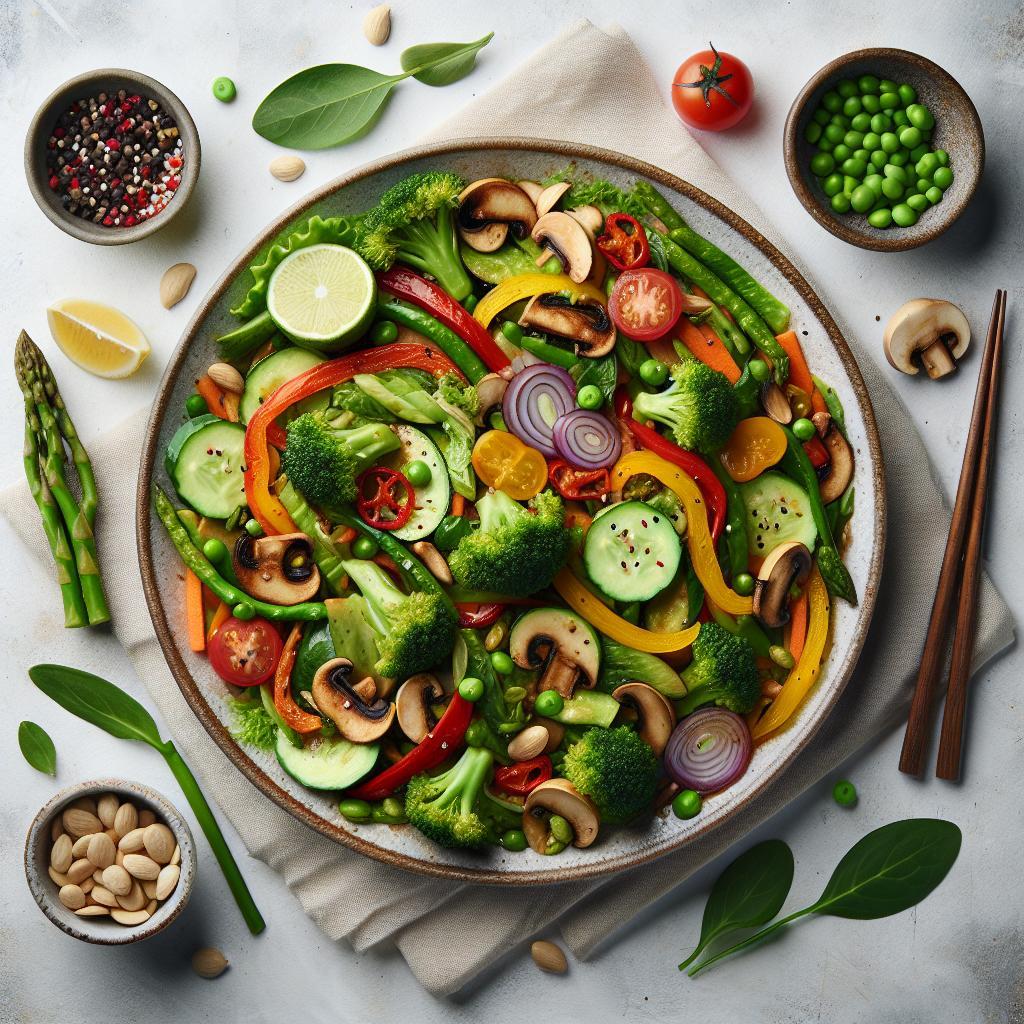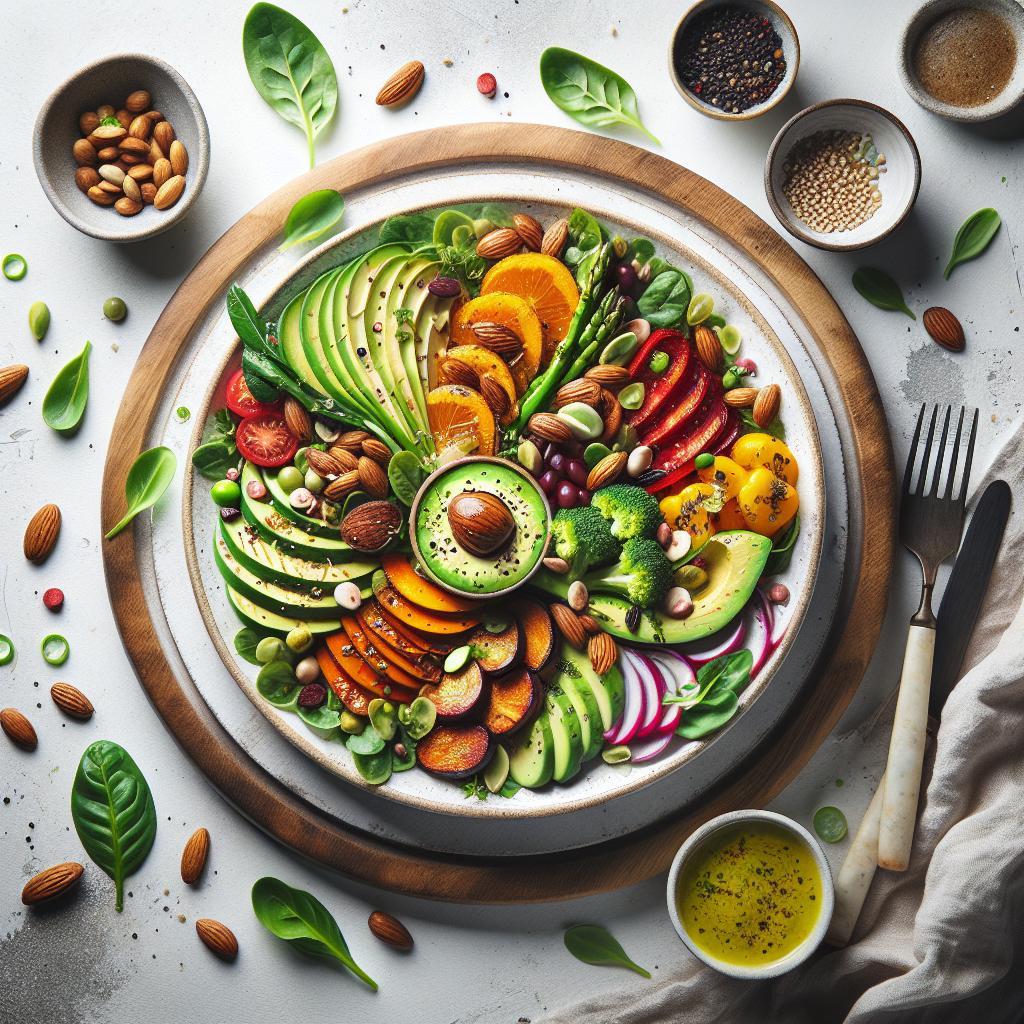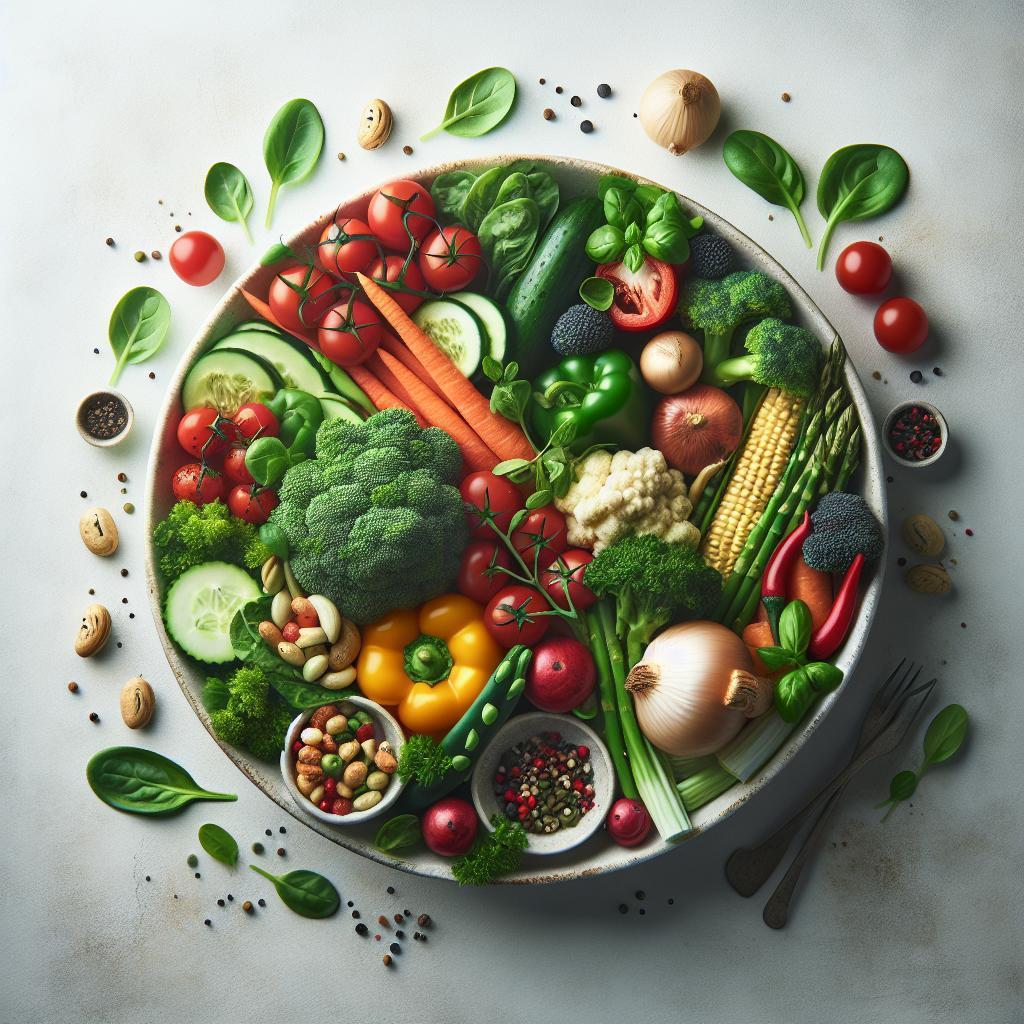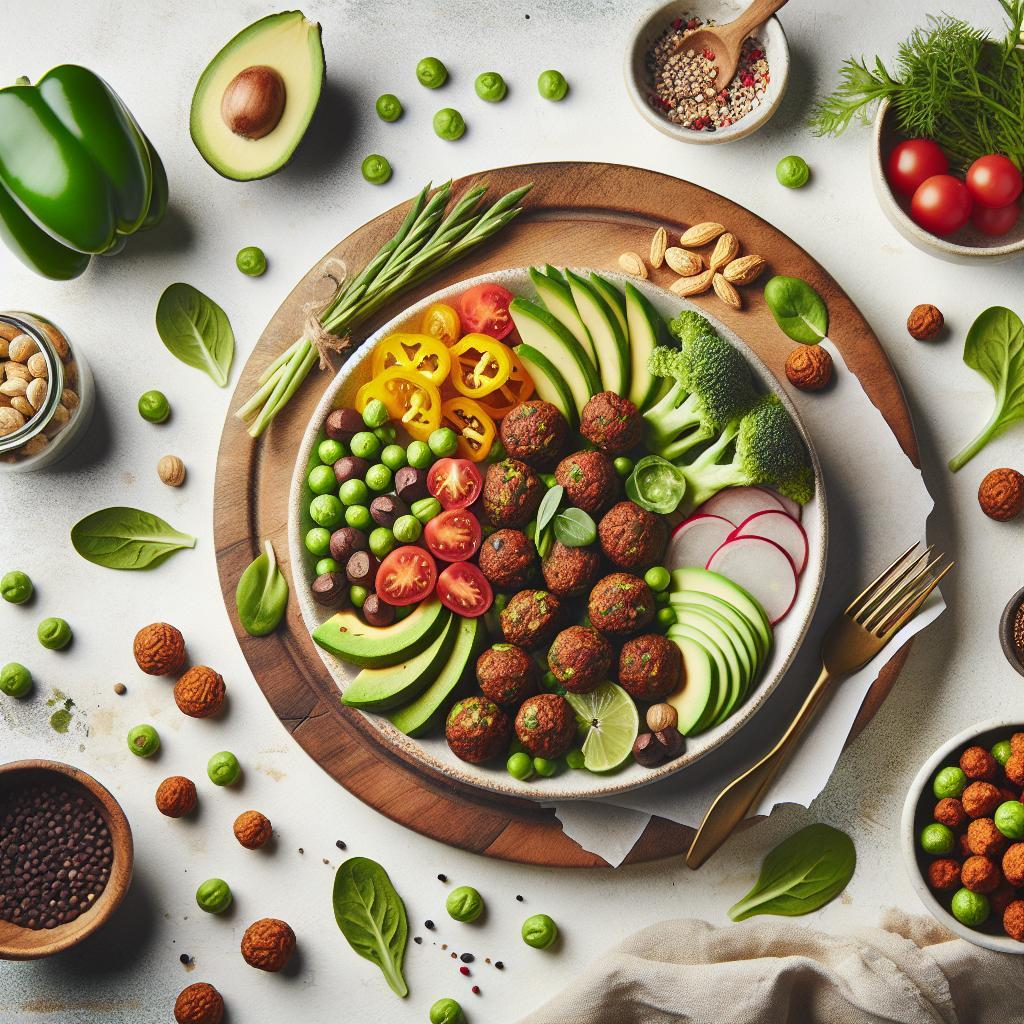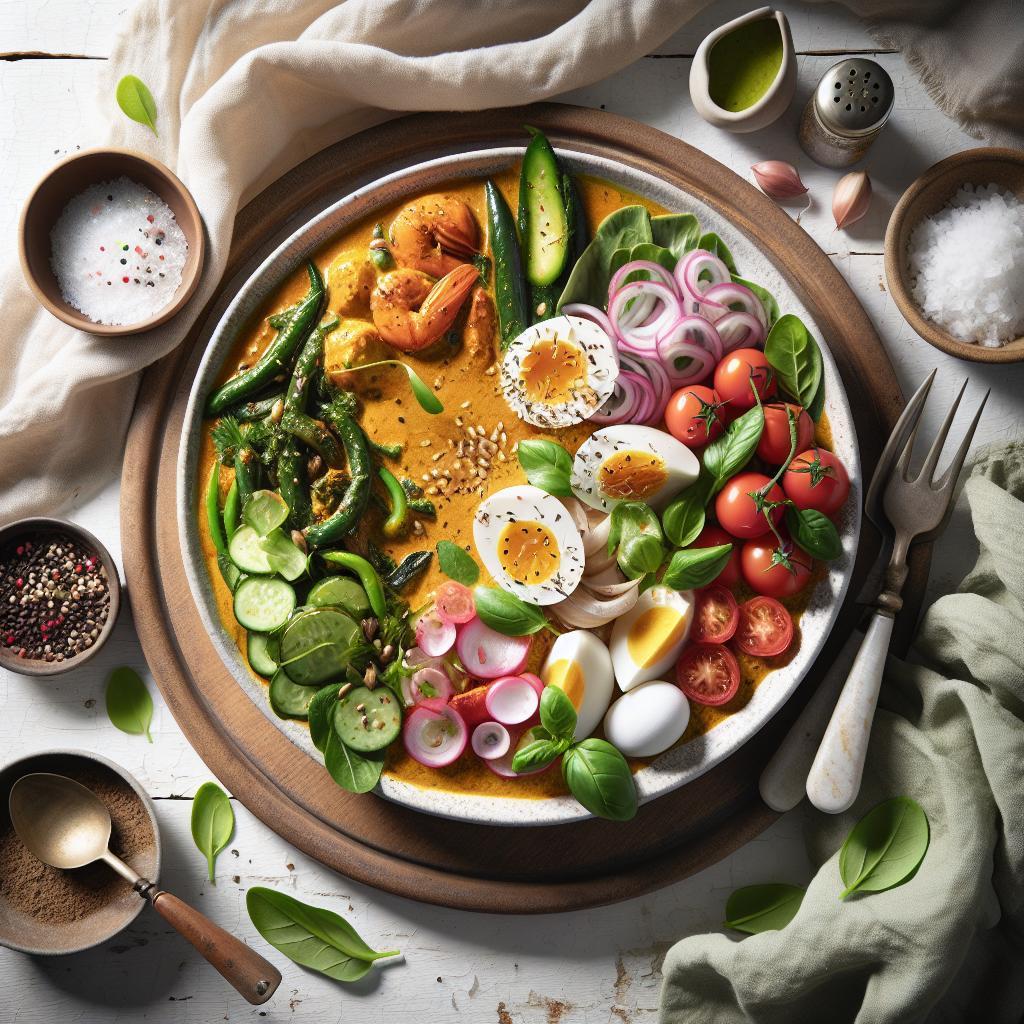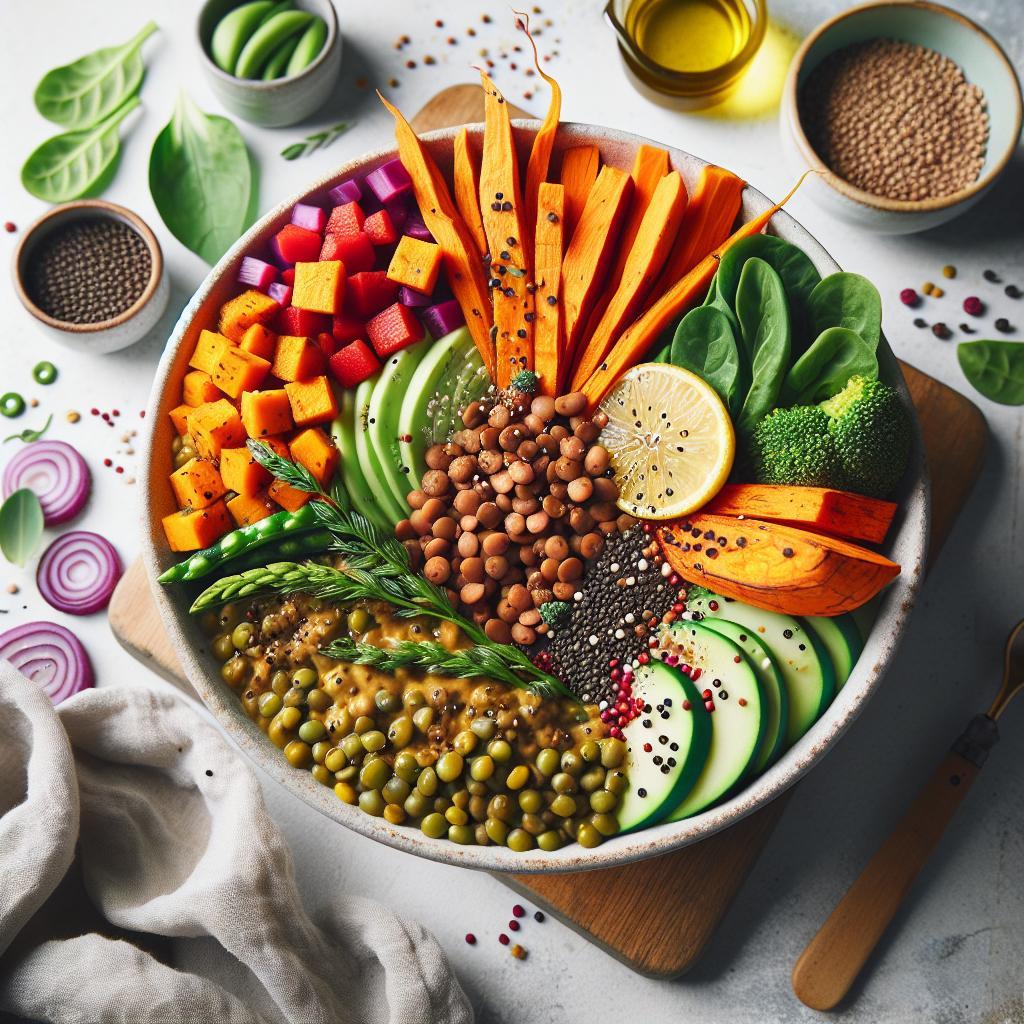In the intricate dance of nutrients that sustain our bodies, iron takes center stage-a silent powerhouse fueling energy, focus, and vitality. While supplements often steal the spotlight, nature’s pantry quietly overflows with iron-rich whole foods that offer more than just this essential mineral; they deliver a symphony of flavor, fiber, and antioxidants. From vibrant leafy greens to hearty legumes and succulent meats, these natural treasures are the keys to unlocking better health and resilience. Join us as we explore nature’s best sources of iron and discover how embracing whole foods can transform your well-being from the inside out.
The Power of Iron: Unlocking Vitality Through Whole Foods
Iron-Rich Whole Foods serve as nature’s powerhouse, delivering essential nutrients that invigorate our bodies and fuel optimum health. Drawing inspiration from vibrant Mediterranean traditions and plant-powered diets worldwide, this recipe highlights the magic of combining leafy greens, hearty legumes, and nutrient-dense staples to unlock iron’s full potential. Imagine a comforting yet energizing bowl where tender spinach mingles with caramelized red onions and robust lentils, finished with a bright squeeze of lemon to awaken your palate and boost iron absorption naturally.
Prep and Cook Time
Prep Time: 15 minutes
Cook Time: 30 minutes
Yield
4 servings
Difficulty Level
Medium
Ingredients
- 2 cups fresh baby spinach, washed and drained
- 1 cup dried green lentils, rinsed
- 1 medium red onion, thinly sliced
- 3 cloves garlic, minced
- 1 tablespoon olive oil
- 1 teaspoon ground cumin
- 1/2 teaspoon smoked paprika
- Juice of 1 lemon (about 2 tablespoons)
- 1/4 cup fresh parsley, finely chopped
- 1/4 cup cooked quinoa (optional for extra protein)
- Salt and freshly ground black pepper, to taste
- 1/4 cup toasted walnuts (for garnish)
Instructions
- Prepare the lentils: In a medium saucepan, combine lentils with 3 cups water. Bring to a boil, then reduce heat and simmer uncovered for 20-25 minutes until lentils are tender but not mushy. Drain any excess water.
- Sauté the aromatics: While lentils cook, heat olive oil in a large skillet over medium heat. Add sliced red onion and sauté for 5 minutes, until translucent and slightly caramelized. Add minced garlic and cook another 1-2 minutes, stirring frequently to prevent burning.
- Spice it up: Stir in ground cumin and smoked paprika, allowing the spices to toast gently for 30 seconds to release aroma.
- Add spinach: Gradually add baby spinach to the skillet, stirring until wilted and bright green, about 3 minutes.
- Combine lentils & quinoa: Add cooked lentils and quinoa (if using) to the skillet. Mix thoroughly to combine flavors, seasoning with salt and pepper to taste.
- Finish with acidity: Remove from heat and stir in fresh lemon juice and chopped parsley. This citrus element enhances iron absorption and adds a refreshing zing.
- Serve and garnish: Spoon the mixture into bowls, topping each with toasted walnuts for crunch and extra iron-boosting benefits.
Chef’s Notes
- For an extra iron punch, swap quinoa with cooked amaranth or teff grains, known for high iron content.
- To make this dish vegan-friendly and nut-free, replace walnuts with toasted pumpkin seeds, which are also excellent sources of iron.
- Lemon juice or any vitamin C-rich ingredient is essential to maximize iron absorption from plant sources; consider adding a side of fresh orange slices.
- This meal is perfect for meal prepping – store in airtight containers and reheat gently to preserve nutrients and flavor.
- Feeling adventurous? Add a pinch of chili flakes or a splash of apple cider vinegar for a flavor twist that complements iron-rich ingredients.
Serving Suggestions
Present this iron-packed delight with warm, crusty whole-grain bread or as a filling side to roasted root vegetables. A simple drizzle of tahini or a dollop of creamy hummus elevates both taste and nutrient profile. Garnish with extra fresh herbs like cilantro or chives for a burst of color and freshness. Enjoy this dish alongside a vibrant beet and orange salad to further aid iron uptake and create a visually stunning, balanced plate.

| Nutrient | Per Serving |
|---|---|
| Calories | 280 kcal |
| Protein | 18 g |
| Carbohydrates | 38 g |
| Fat | 7 g |
For more delicious ideas maximizing iron absorption through whole foods, don’t miss our detailed guide on Plant-Based Iron-Packed Recipes. To deepen your understanding of iron’s role in health, visit the National Institutes of Health – Iron Fact Sheet.
Q&A
Q&A: Iron-Rich Whole Foods – Nature’s Best Sources for Health
Q1: Why is iron important for my health?
Iron plays a starring role in your body’s production of hemoglobin, the protein in red blood cells that ferries oxygen to every nook and cranny of your system. Without enough iron, you might feel tired, weak, or just not quite yourself because your cells aren’t getting the oxygen boost they need. It’s essential for energy, brain function, and even a strong immune system.
Q2: Can iron only be found in supplements?
Not at all! While supplements can help when you have a deficiency, the best way to nourish your body is through whole foods. Nature provides a treasure trove of iron-rich options that come packed with vitamins, minerals, and fibers that aid absorption and overall health.
Q3: What are some top plant-based sources of iron?
Think leafy greens like spinach and kale-they’re like iron-packed superheroes in your salad bowl. Lentils, chickpeas, and black beans are not only iron-rich but also great for hearty stews or vibrant bowls. Nuts and seeds, especially pumpkin seeds and cashews, add a crunchy iron boost to snacks and dishes.
Q4: What iron-rich foods come from animals?
Liver, particularly beef liver, is often called the iron champion-it’s incredibly dense in this mineral. Red meats like beef and lamb, as well as shellfish such as oysters and clams, are excellent sources. Even chicken and turkey have respectable amounts of iron, especially the darker meat portions.
Q5: How can I maximize iron absorption from these foods?
Pair those iron-rich foods with vitamin C powerhouses like citrus fruits, bell peppers, or strawberries. Vitamin C acts like a magical key, unlocking better absorption of non-heme iron (the kind found in plants). Also, avoid drinking tea or coffee right alongside your iron-packed meals since their compounds can hamper absorption.
Q6: Are there any signs I might have low iron?
Yes, symptoms like persistent fatigue, pale skin, shortness of breath, dizziness, or even brittle nails might hint at iron deficiency. If you suspect this, a healthcare provider can run a simple blood test to check your levels.
Q7: Why choose whole foods over processed iron-fortified options?
Whole foods don’t just offer iron-they deliver a symphony of nutrients working in harmony. Processed, fortified foods might supply iron, but often lack the fiber, antioxidants, and healthy fats that your body craves for optimal health and vitality.
Q8: Can I get too much iron from whole foods?
It’s pretty hard to overload on iron just from foods since your body naturally regulates absorption. However, excessive iron from supplements can be harmful, so it’s best to consult with a healthcare professional before adding high-dose supplements to your routine.
Q9: Any creative ways to include iron-rich whole foods in my diet?
Absolutely! Whip up a spinach and lentil curry, toss roasted pumpkin seeds over your morning oatmeal, enjoy a vibrant quinoa salad with chickpeas and bell peppers, or indulge in a grilled steak paired with a vitamin C-rich salsa. The key is variety and flavor-packed combinations.
Q10: What’s the takeaway on iron-rich whole foods and health?
Iron-rich whole foods are nature’s gift to keeping your energy bright, your mind sharp, and your body robust. Embrace these nutrient powerhouses in your meals, savor their flavors, and let your health thrive naturally.
In Retrospect
As we’ve uncovered the vibrant world of iron-rich whole foods, it’s clear that nature offers a colorful buffet brimming with health-boosting power. From the deep greens of spinach to the hearty richness of lentils and the subtle sweetness of pumpkin seeds, these nutritional champions work silently within our bodies, fueling energy, vitality, and resilience. Embracing these natural iron sources isn’t just a dietary choice-it’s a delicious journey back to wholesome living, where each bite nurtures strength from the inside out. So next time you plan your meals, remember: nature’s iron treasure trove awaits, ready to elevate your health with every nourishing morsel.